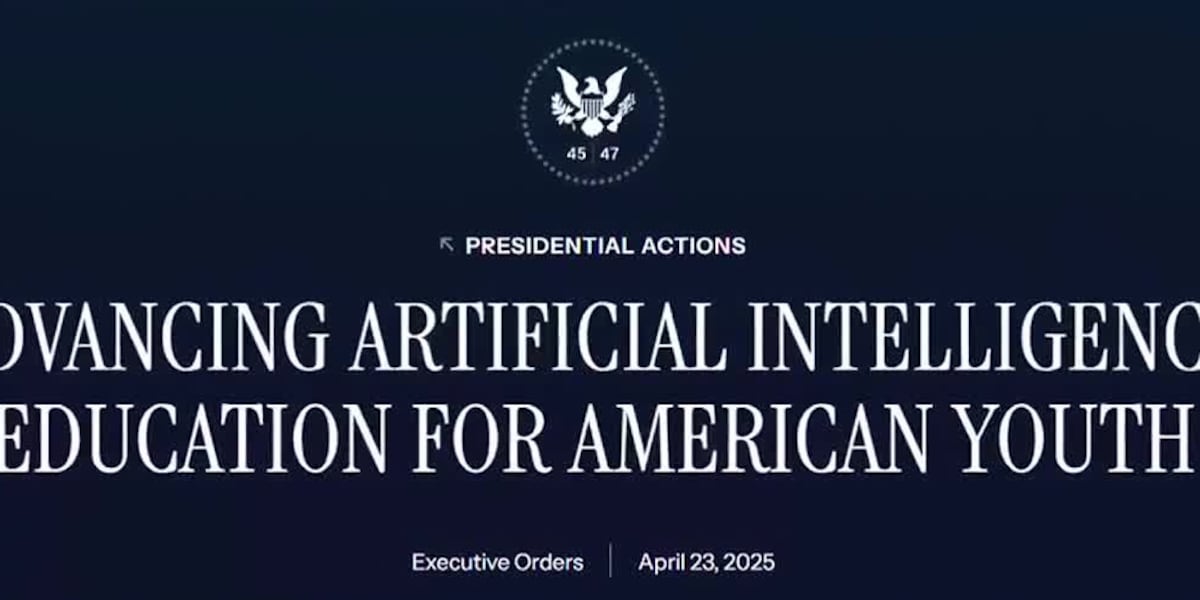
In a landmark move, President Donald Trump has signed an executive order directing the integration of artificial intelligence (AI) into K-12 classrooms across the United States. The executive directive marks a major step in advancing educational innovation and preparing students for a rapidly evolving digital economy.
According to the White House, the newly signed order calls for a multi-agency effort to modernize the nation’s public education system by incorporating AI-driven tools into curriculum development, instructional delivery, and student assessments. The federal government will collaborate with state education departments, educators, and private-sector technology partners to implement this initiative in a phased and equitable manner.
Supporters of the move state that harnessing AI in the classroom could enable personalized learning, real-time feedback for teachers, and effective data tracking to support student achievement. For example, AI platforms can help tailor educational content to meet the individual needs of each student, ensuring those who struggle or excel receive the appropriate level of support and challenge.
“This executive order is about making sure our young students are prepared for the future,” a senior administration official said. “AI is no longer a futuristic concept – it is a reality that shapes everything from commerce to national defense. Our children need to understand and responsibly use this technology.”
As part of the rollout, the Department of Education is expected to develop AI literacy resources and professional development programs for educators. The order also directs the National Science Foundation (NSF) to fund research on best practices for applying AI in educational environments while protecting student privacy and ensuring that AI tools are used ethically.
Critics of the initiative express concerns regarding data privacy, equity in access to technology, and the potential reduction of human interaction in education. Civil liberties advocates have urged for greater transparency and oversight regarding how student data will be collected, stored, and used.
Education experts have welcomed the focus on improved technological integration but caution that implementation must be thoughtful and inclusive. “AI can be a powerful tool in the classroom, but only if schools are equipped, teachers are trained, and students are protected,” said Dr. Linda Bradford, a professor of educational technology.
The executive order also encourages public and private investments in educational technologies and underscores the importance of preparing the future workforce with skills in STEM — science, technology, engineering, and mathematics — especially in historically underserved communities.
President Trump’s move aligns with broader federal efforts to assert American leadership in AI and digital infrastructure. It builds upon previous initiatives such as the American AI Initiative launched during his administration, which focused on research and development in artificial intelligence.
Implementation timelines and funding details are expected to be released in the forthcoming months as agencies begin coordinating their activities in compliance with the new directive.
Source: https:// – Courtesy of the original publisher.








